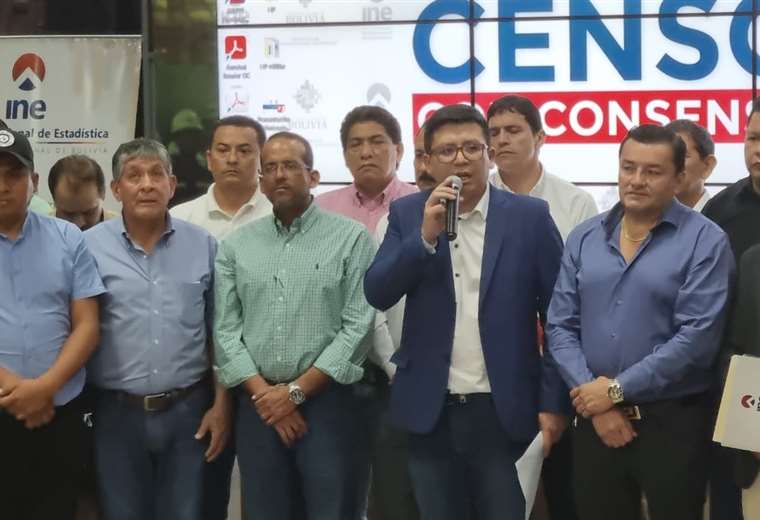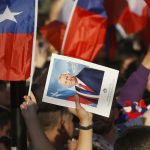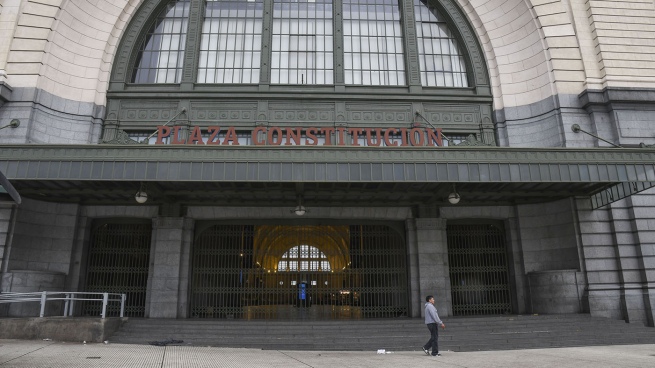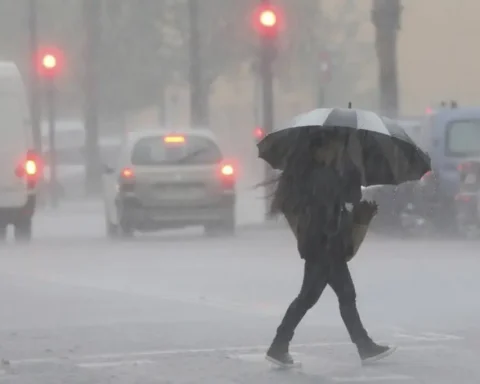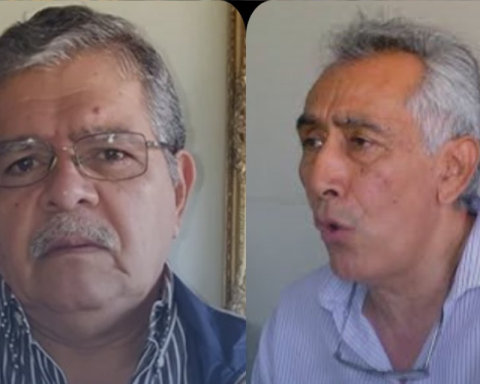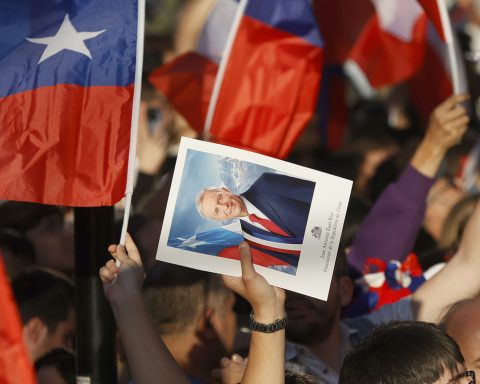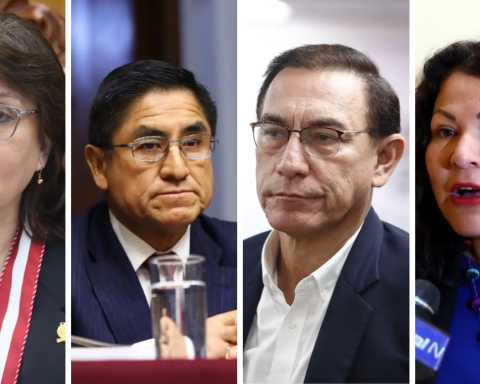August 16, 2022, 1:04 AM
August 16, 2022, 1:04 AM
After almost 10 hours of technical dialogue, the meeting of the three levels of the State and the Santa Cruz academic sector concluded for the socialization and discussion of the proposals that aim to strengthen the process of the Population and Housing Census. The meeting leaves open agenda on the approach that emerged from the Santa Cruz Inter-institutional Committee to execute the national survey in 2023but first we must listen to the proposals of other regions and discuss the issues with international organizations.
“We believe that the balance of the meeting has been extremely positive. We have been able to share technical criteria on the census process”said the Minister of Planning, Sergio Cusicanqui, who explained that the steps to follow to organize the census were explained and the proposal Santa Cruz which was defended by the authorities of the Gabriel René Moreno Autonomous University (Uagrm) and the Government of Santa Cruz.
The conclusions exposed by Cusicanqui are the following:
1. The National Institute of Statistics (INE) presented the new schedule of the census process to the institutions present, among which They included the Mayor’s Office of Santa Cruz de la Sierra, the Association of Municipalities of Santa Cruz (Amdecruz), the Federation of Municipal Associations (FAM-Bolivia), among others.
two. The institutions those present agreed that the development of the census is a clearly technical.
3. The institutions presents They requested to share the new schedule presented by the INE, an issue that will become effective when the socialization process is completed. of the census in the rest of the departments of Bolivia.
Four. The Uagrm presented his proposal technique Y will be complemented and sent to the INE for its consideration, once the INE sends all the information requested by the Santa Cruz house of studies.
5. The entities present will constitute a technical table that will include specialized international organizations to evaluate and build the technical criteria issued on the schedule presented.
6. The Mayor’s Office of Santa Cruz de la Sierra will contribute to the rest of the department’s municipalities with the technical part to complete the development of their respective cadastres.
“We are here, together, proving that it is possible depoliticize the census process and thus move towards a strengthened process, that it meets international parameters and that in the end we have quality data for the benefit of the population so that the different levels of government and universities can generate public policies that respond to the needs of the population,” the minister concluded.
In this way, the agenda for the census is open Y It’s time to wait for what’s coming for the next few days, where the first thing will be to conclude the tour of the authorities in other departments.
Santa Cruz was the fourth department where a dialogue table was installed and technical debate around the census, previously the same was done in Oruro, Cochabamba and Tarija. Later it will be the turn of La Paz, this Wednesday, August 18, on the 19th the authorities will move to Pando, followed by Chuquisaca, Potosí and Beni, where the technical tables will be installed on August 22, 23 and 25, respectively.
Then each sector of Santa Cruz has to organize itself through technical teams to evaluate their criteria, according to Cusicanqui’s explanation, who explained this accompanied by Santa Cruz authorities such as Governor Luis Fernando Camacho and Mayor Jhonny Fernández.
The Governor of Santa Cruz highlighted that the consideration of the proposal of the Interinstitutional Committee and that it will be the technicians who will analyze the exposed approaches, for which he hopes to have new lights in the coming days.
“Without a doubt, there is progress, it was an arduous meeting and there was an opening to discuss based on the date,” said Camacho, who announced that the Inter-institutional Committee will meet this Tuesday to internalize the conclusions of the meeting with those who were not present.
MWhile the meeting was taking place behind closed doors, outside the YPFB premises, there were times when an atmosphere of susceptibility and tension was breathed because activists denounced the presence of armed men aboard a vehicle.
However this The situation was clarified by the Special Force to Fight Crime (Felcc)from where they affirmed that they were two Intelligence officials from the Departmental Police Command -identified as Juan Carlos Coronel and Nils Chávez- and that they were carrying a compressed air weapon and “only limited themselves” to carry out their work as security personnel, but this did not leave the activists happy. The issue did not go overboard.
There was also susceptibility to the restriction that there was in the access of parliamentarians crooks to the meeting. Deputy Erwin Bazán (We Believe) argued that sought to fulfill its role as supervisor, but it was not enough and he had to stay outside doing vigil with other parliamentarians.
The same case was that of the media, which were only allowed to make supporting images before the start of the meeting and later they were taken out of the room without a clear explanation, which revealed the secrecy of the meeting.
There is still a way to go and socialize, the census agenda is open.
